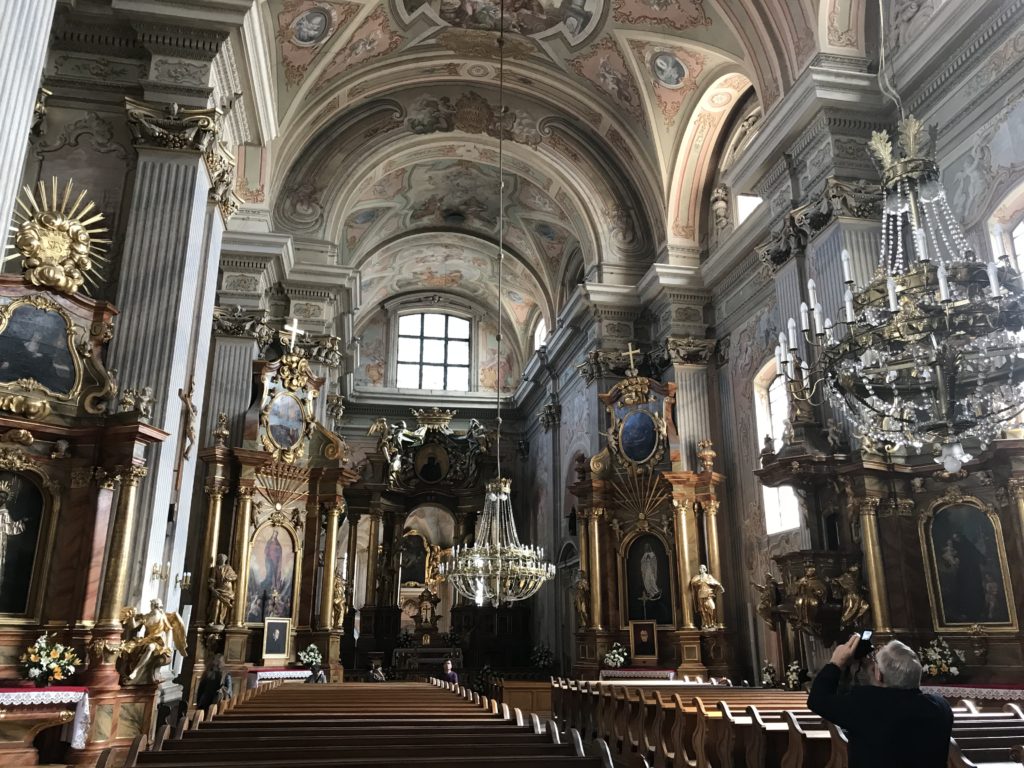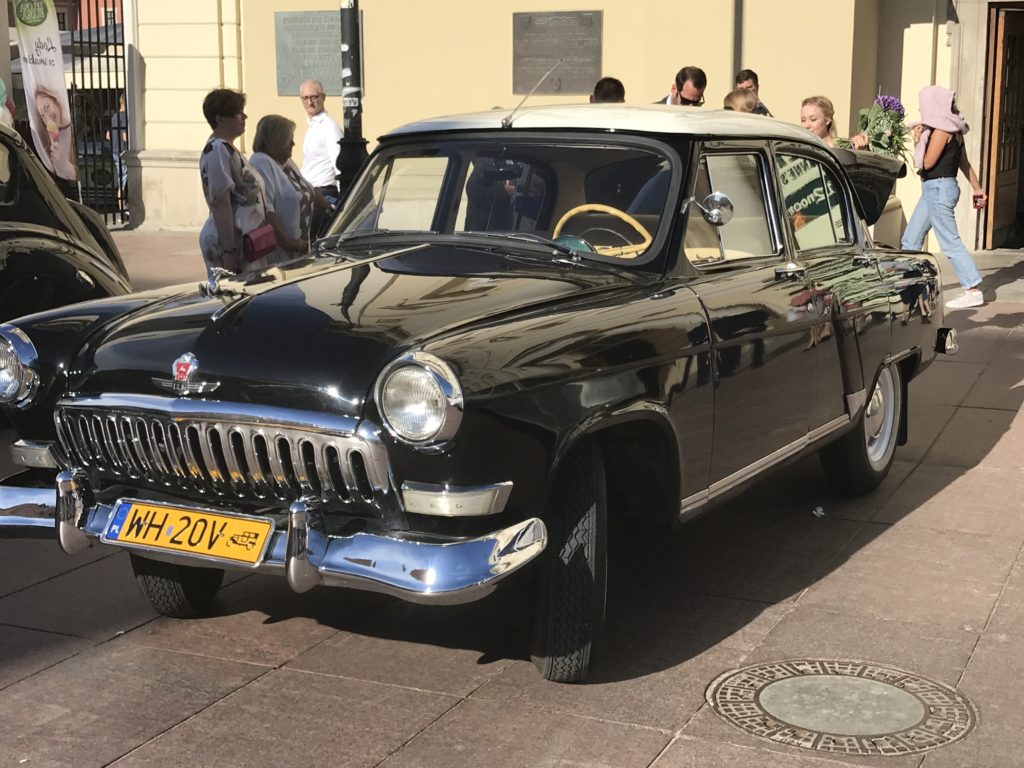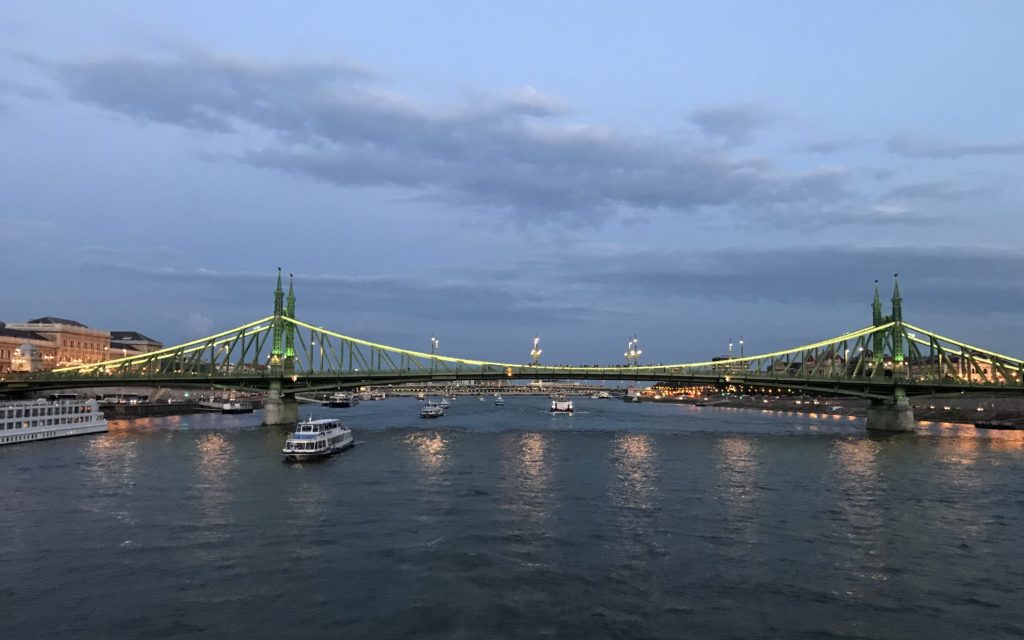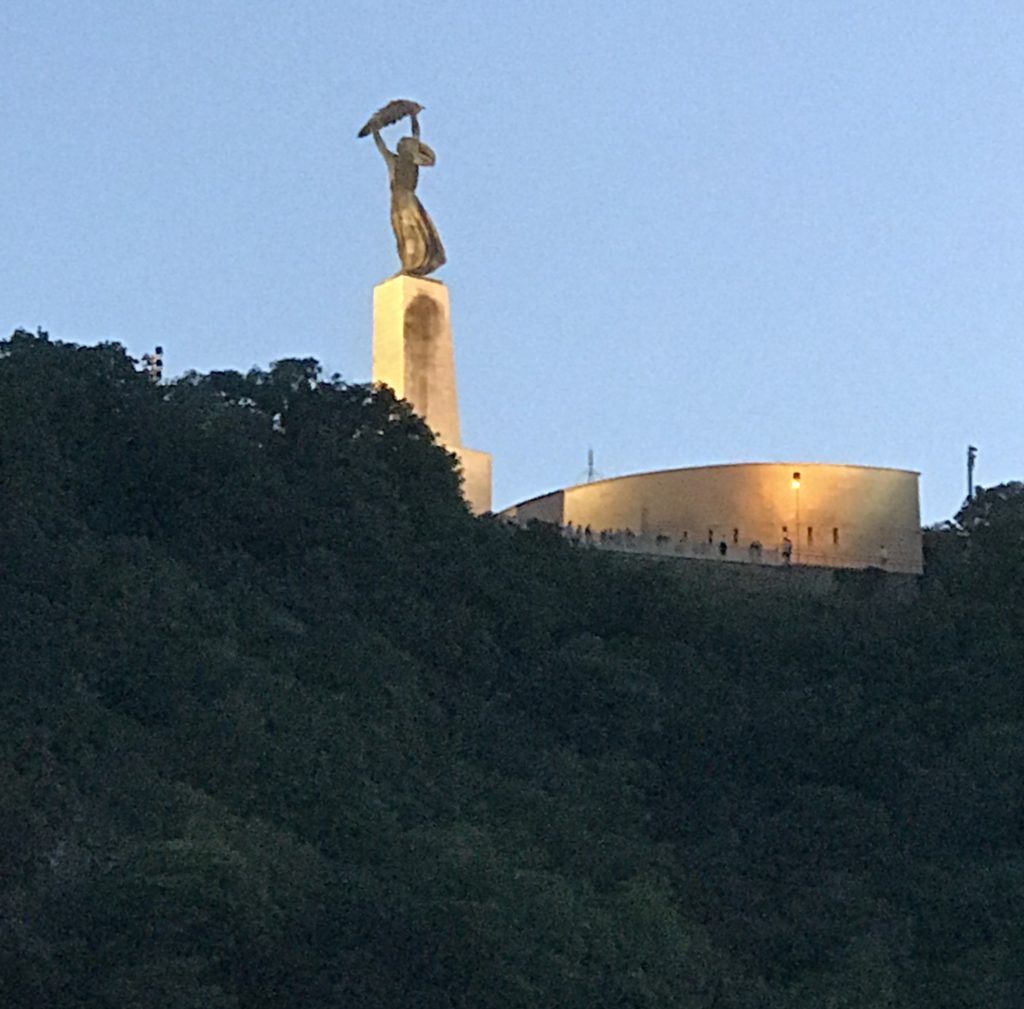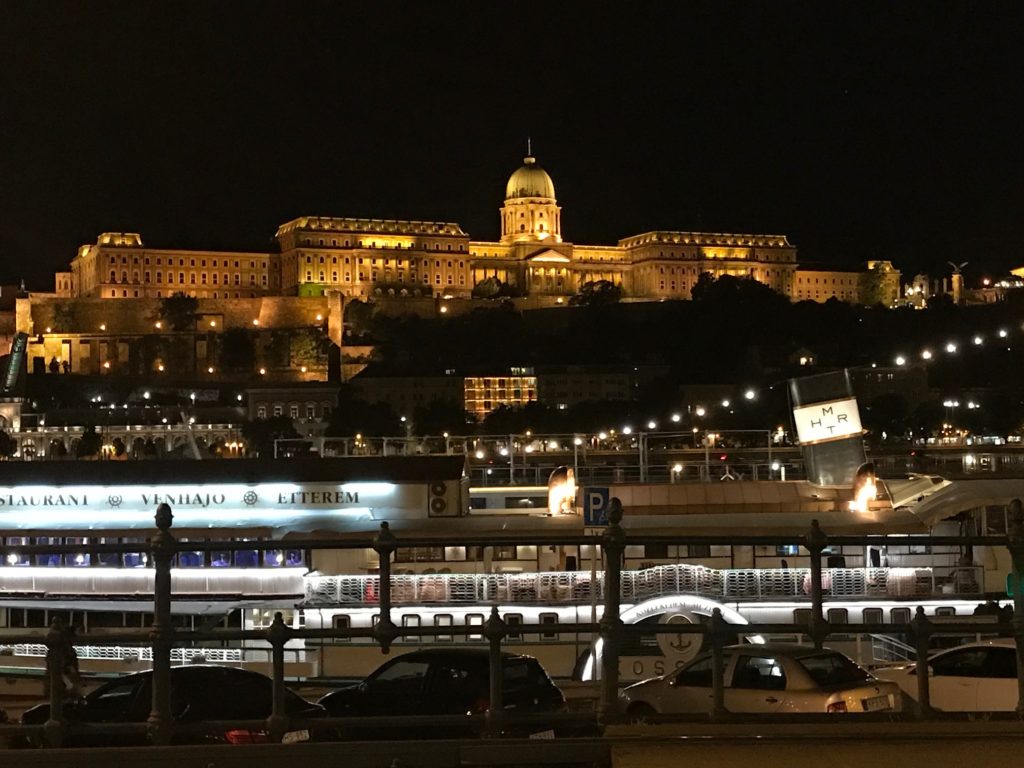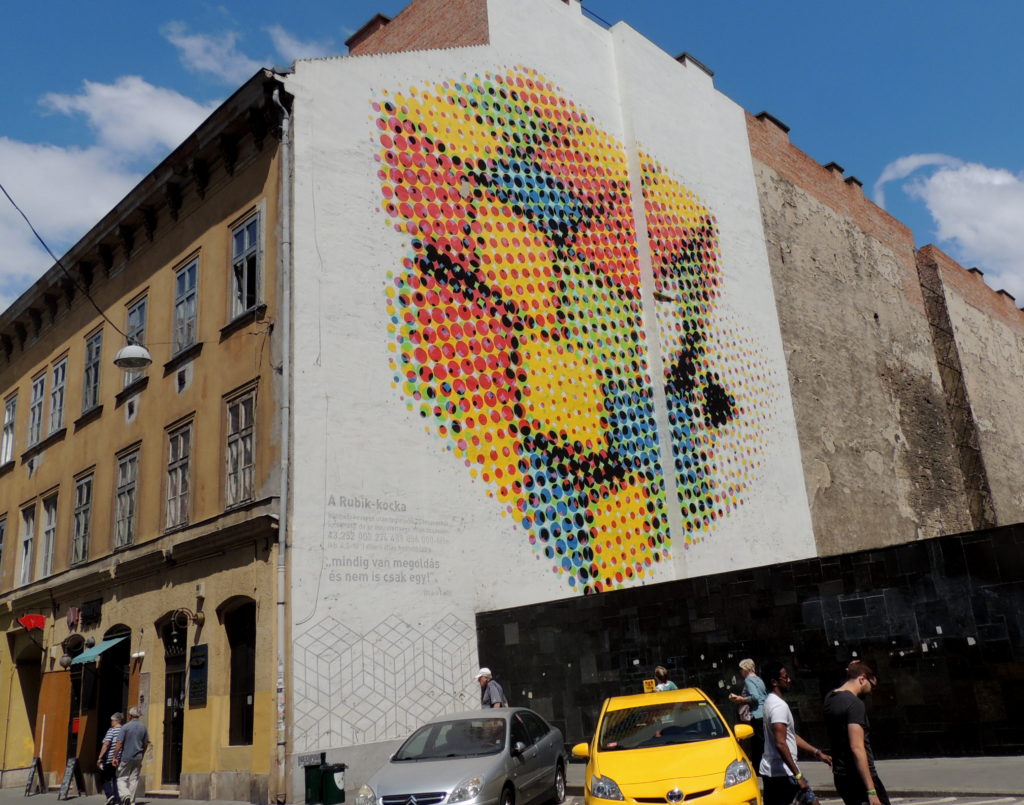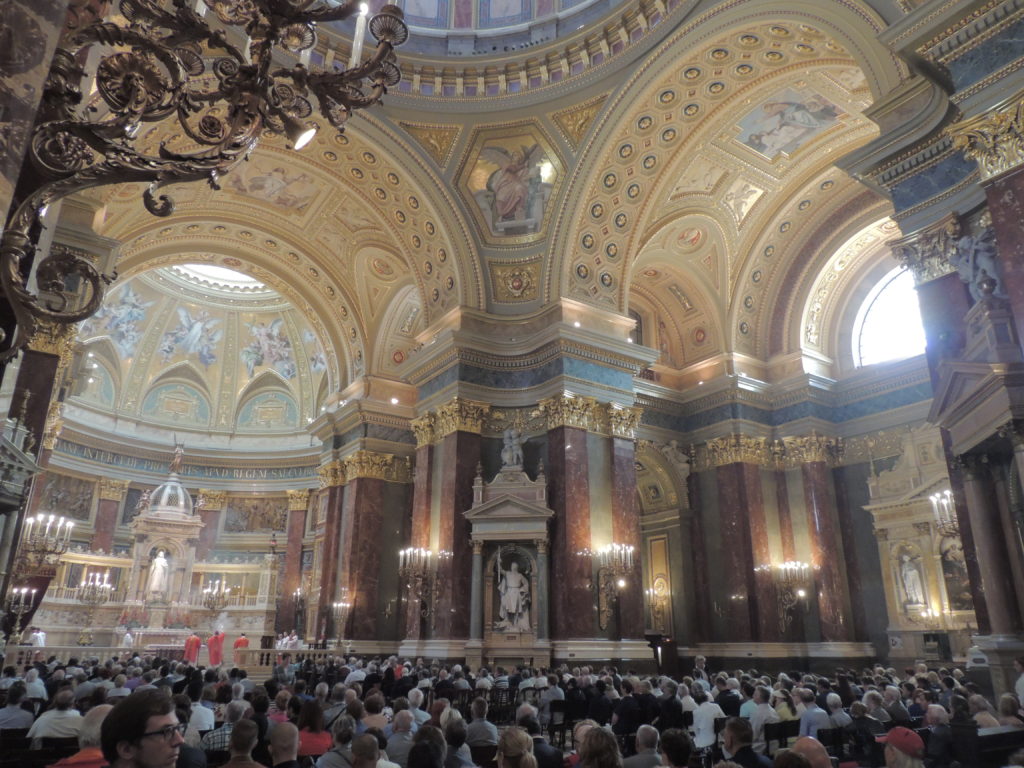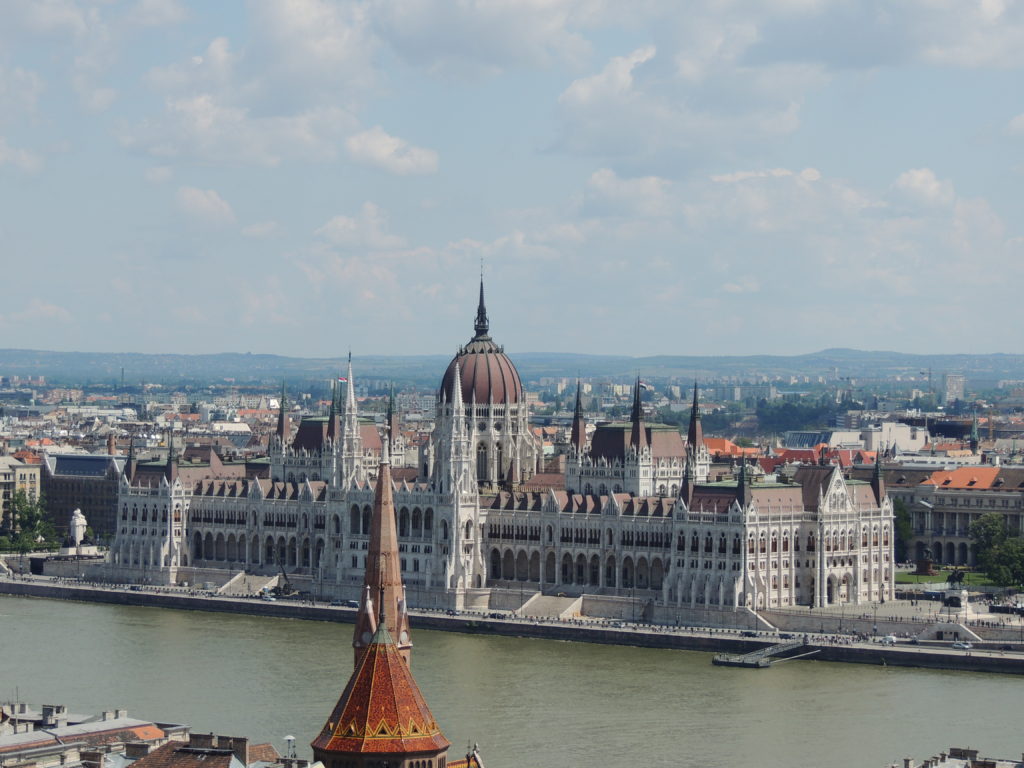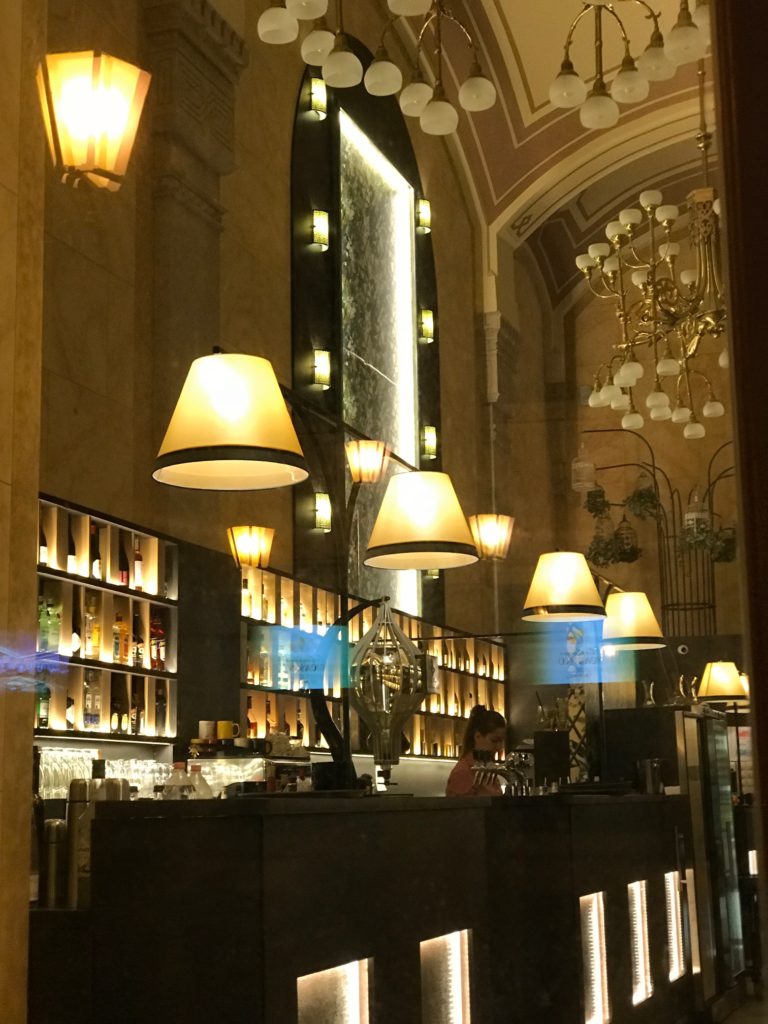The Daily Escape:

Castle Mountain from Stikine River, Wrangell, AK – September 2023 iPhone photo by Wrongo. Castle Mountain is on the border between Alaska and British Columbia. This is a Nunatak, or a mountain that was higher than its surrounding glaciers, so over the centuries, it wasn’t rounded off by glacial movement.
This is the first day in several when we’ve had internet (or mobile) connectivity. So, here are a few thoughts on our Alaska trip and on the momentous news out of Russia.
First, we’ve had uncharacteristically beautiful weather! It’s usually raining at this time, but its been sunny and relatively warm for the first 10 days of our trip. Over the next few days, once we have better bandwidth, Wrongo will post more photos from the trip.
We have spent all of our time in Southeast Alaska, dropping in and out of fjords where the cruise ships cannot go. We’ve also spent quite a bit of time talking to members of the indigenous Tlingit nation. It is always interesting to learn about one of the many cultures that make up America. Ms. Right and I spent a morning with Joe Williams, a Tlingit ambassador and a former mayor of Ketchikan, Alaska. Attached is a video of Joe giving some highlights of Tlingit history. Joe explained about the Eagle and Raven clans and how the Tlingit gave their children over to uncles and aunts to be raised. The sociology of their tribes and family structure was fascinating.
Second, what the hell is going on in Russia? Wrongo and Ms. Right have gotten to know a retired Marine officer who is traveling with our group. He’s providing commentary for the BBC from our small ship, when we have comms. He says it is way too early to tell how this will fall out, or if there will be a new power alignment in Russia, or if this will make any difference in the Ukraine war.
But as the WSJ’s Peggy Noonan famously said in 2000, “it would be irresponsible not to speculate”, so here goes. It’s clear that Prigozhin became a threat to his buddy Putin simply by leveraging Russia’s assets. As Yale’s Timothy Snyder says:
“Unlike most of its other ventures, Wagner’s war in Ukraine was a losing proposition. Prigozhin leveraged the desperation of Russia’s propaganda for a victory by taking credit for victory at Bakhmut. That minor city was completely destroyed and abandoned by the time Wagner took it, at the cost of tens of thousands of Russian lives.”
Before the aborted coup, Wagner’s primary source of funding was the Russian state. Whether that will continue, given the supposed “deal” between Prigozhin and Putin, remains to be seen.
A couple of other points. Will Prigozhin actually go to Belarus? If he does, will he take some or all of his Wagner forces with him? If they all go to Belarus, who will be paying them? Its difficult to believe that Wagner and Prigozhin will remain inactive for very long. As mercenaries, they survive on extracting money from a benefactor and/or from the places where they operate.
There are several possible “deals” between Putin and Prigozhin that drove his “exile” in Belarus. According to the BBC, Prigozhin agreed to move to Belarus after he negotiated directly with Belarus leader Lukashenko.
Wrongo is most intrigued by the possibility that Wagner could open a second front in the Ukraine war from Belarus, similar to what Russia attempted in February 2022. Back then it looked like this:
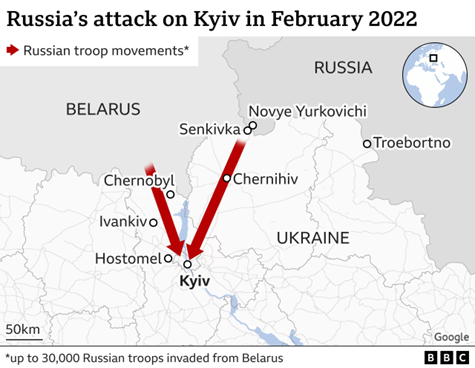
With most of Ukraine’s military assets focused on a counteroffensive in the east and south, an attack from the northeast could prove decisive at a point in time when Moscow looks to be weak and vulnerable.
Will this happen? The thing to watch for is how many Wagner assets move to Belarus along with Prigozhin (assuming he moves there). Imagine if part of the “deal” is that Prigozhin is tapped by Belarus to be their army’s commander-in-chief, and they launch a second front during the driest time of the year, rather than in February like last time. Belarus was somewhat neutral in 2022, but since then have become much more tightly aligned militarily with Russia
Russia on the attack may have the resources to open up a second front in Belarus. The question is whether Ukraine can defend itself on one front while attacking Russia on its eastern front.
These are the interesting times we are doomed to live through. Let’s close with a tune from the Aquabats. This was recommended by granddaughter Mallory for our trip to Alaska. Here is “Hot Summer Nights (Won’t Last Forever)” from their 2005 album “Charge!”. Seems appropriate for our trip and for Prigozhin, no?
Sample Lyric:
Dear Elizabeth,
I hope you’re doing well
I think it’s so awesome that you’re out monitoring glacier patterns
In some remote part of Alaska where no one can get a hold of you
I thought I’d try anyway


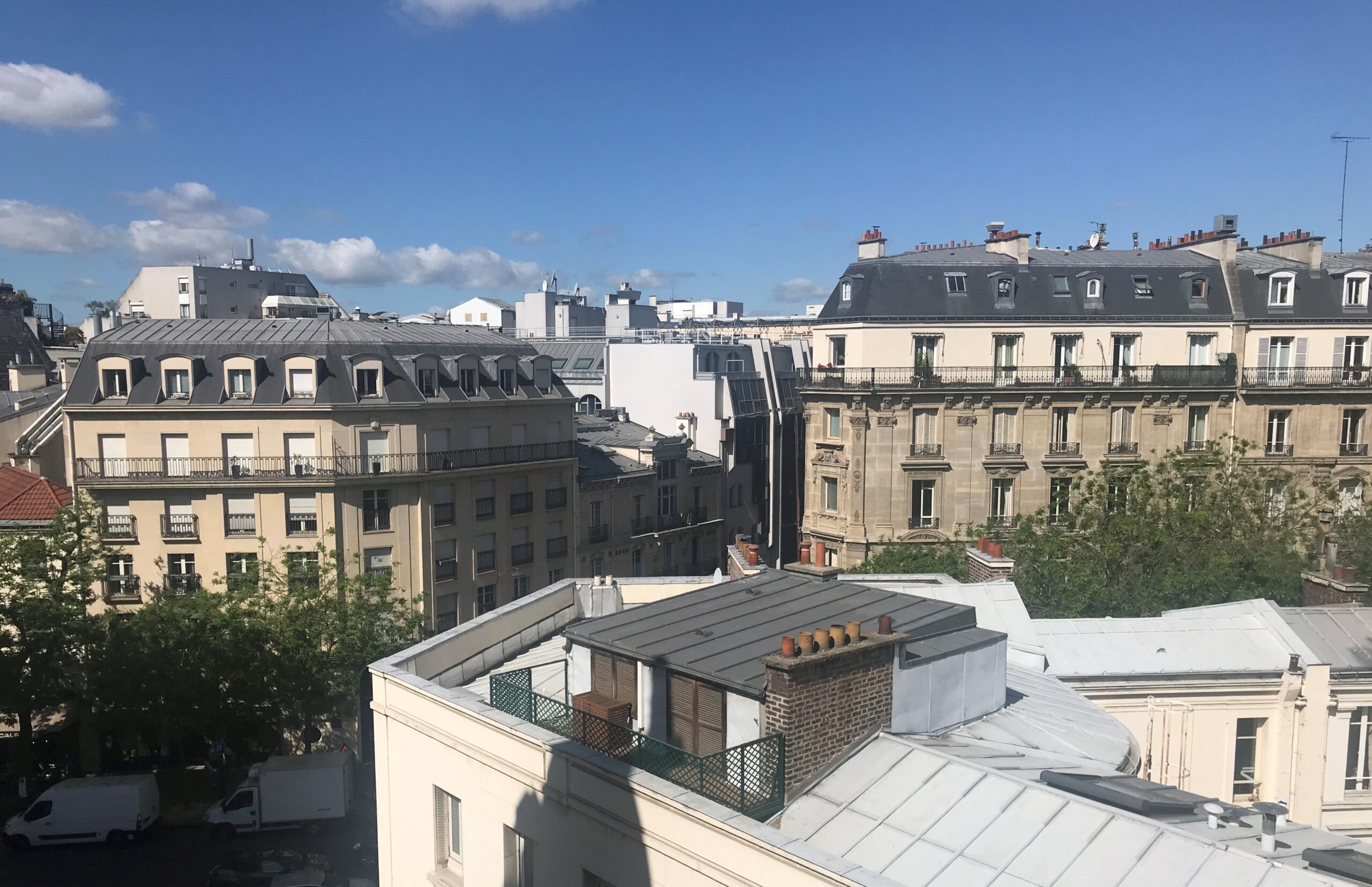


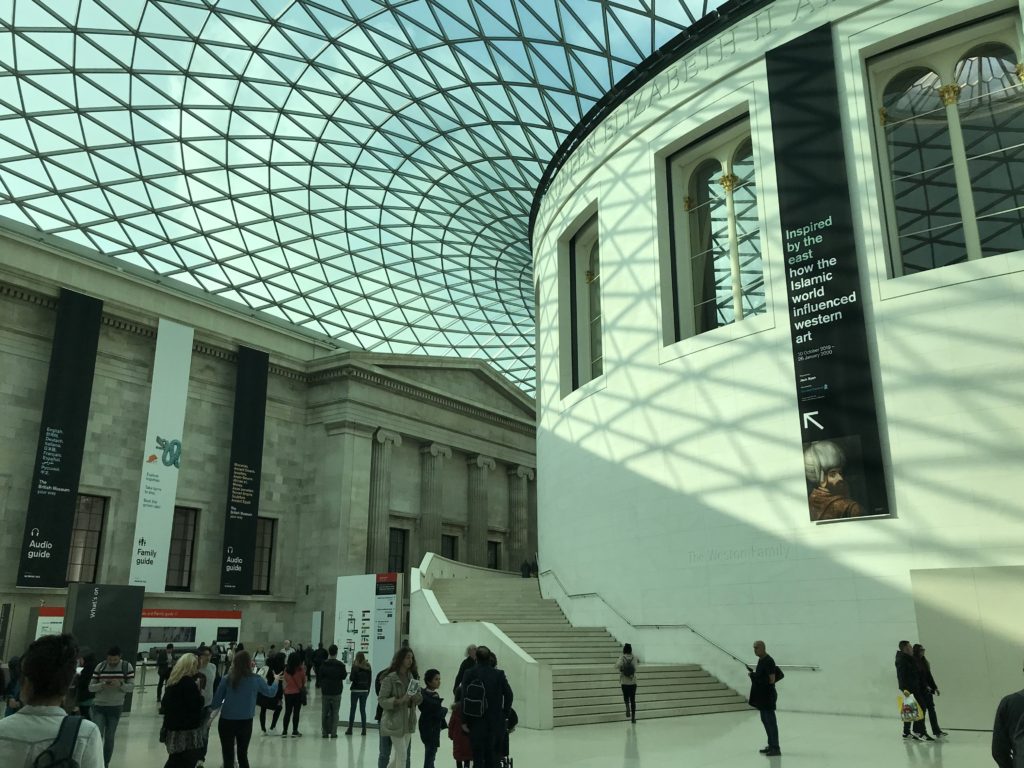


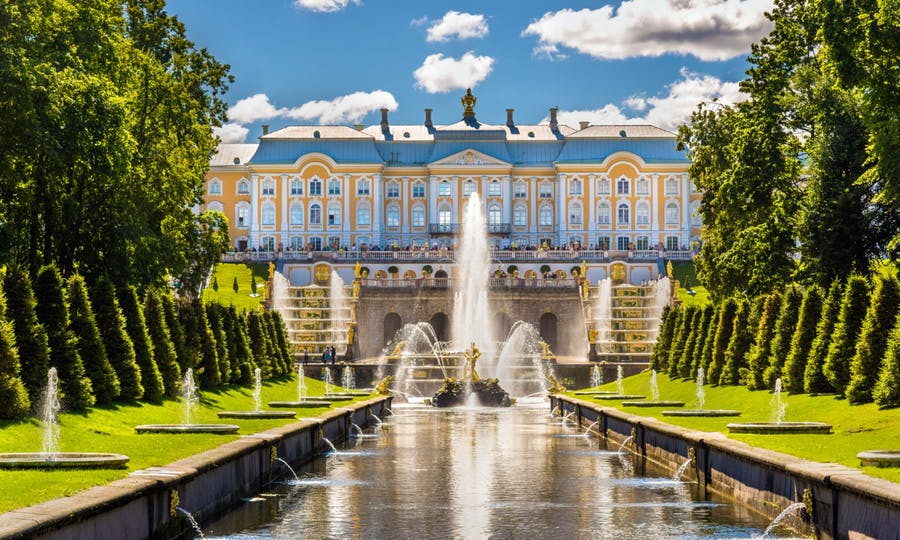
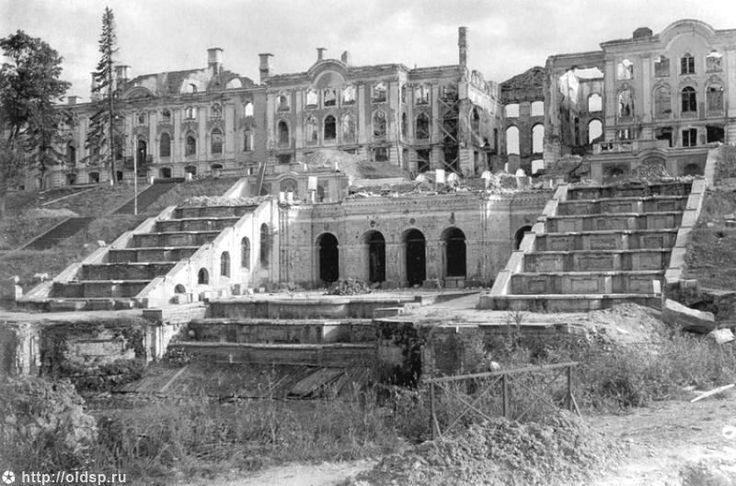
 In speaking to our guide, a grandmother, she expressed two concerns that we in the US can easily understand. Her 12-year-old grandson spends most of his time looking at a screen that he holds in his hand. She asked him, and he has no idea who Lenin was. She says that her grandson’s generation only knows the “Lennon” of the Beatles.
In speaking to our guide, a grandmother, she expressed two concerns that we in the US can easily understand. Her 12-year-old grandson spends most of his time looking at a screen that he holds in his hand. She asked him, and he has no idea who Lenin was. She says that her grandson’s generation only knows the “Lennon” of the Beatles.
